The Environment Agency published data on the volume of household WEEE collected for recycling by producer compliance schemes from January to March 2022 on 1 June.
The figures show compliance schemes collected 119,870 tonnes of household WEEE in the first quarter of the year, down 684 tonnes (0.6%) from 120,554 tonnes in the same period in 2021 (see table below).
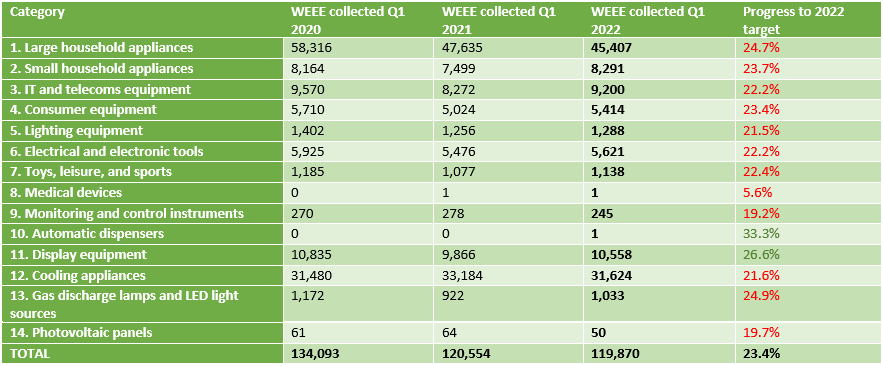
Targets for the collection of WEEE have been missed in five consecutive years, the last couple set against the backdrop of the Covid-19 pandemic (see letsrecycle.com story).
For 2022, the Agency set compliance schemes the target of collecting 511,377 tonnes of household WEEE, an increase of around 4% from the 490,541 tonnes collected in 2021.
Data from the first quarter of the year offers a first glimpse of how schemes are progressing towards targets and provides a comparison to previous years.
Though compliance schemes are on track to meet targets for collecting automatic dispensers and display equipment, there is work to be done to meet the annual targets for all other categories of WEEE.
POM
Phil Conran is chair of the AATF Forum, an informal body formed to represent the interests of the UK WEEE treatment sector. He expressed concerns that the collection of cooling appliances and small mixed WEEE may “struggle” in relation to the stream-based targets.
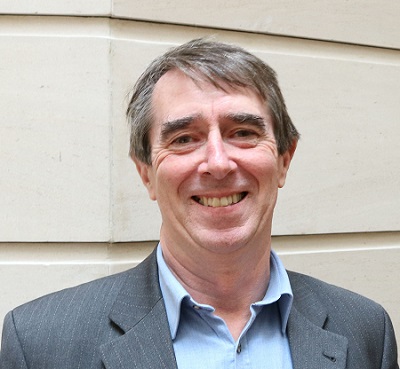
Mr Conran pointed to data showing the volume of EEE placed on the market (POM) has been “very flat” for the last couple of years. There were 412,975 tonnes of EEE POM in the first quarter of 2022, compared with 404,644 tonnes in 2021.
He said: “The trend to working from home has presumably meant there is likely to have been less household-like business WEEE collected.
“The targets have been pretty flat and the compliance fee has provided little motivation to go after higher cost collections.
“Whilst the social media campaigns have raised awareness, they don’t seem to have led to any substantive change in activity on the ground.”
Mr Conran suggested this indicated a “plateau” under current WEEE collection arrangements. “Until there are mandatory collection requirements on local authorities, it is unlikely that the need for the consumer to take their WEEE somewhere will see much change,” he said.
“Experience with household recycling generally suggests that you will get 20-30% who will make the effort however hard it is, 50-60% will make an effort if it is made easy for them – i.e. collections from households – and 20-30% will make no effort however easy you make it.”
Achievement
Despite the fall in the total amount of WEEE collected, Louise Grantham, chief executive of compliance scheme REPIC, said it had been a “better start to the year in terms of achievement against target” when compared to 2021.

Mrs Grantham noted that the collection of all categories was higher in the first quarter of this year than last, with the exceptions of large household and cooling appliances.
She said it was “possible” that collections of large household appliances were affected by changes in requirements at local authority designated collection facilities. The changes mean all items other than washing machines, cookers, tumble dryers and dishwashers are now sent to small mixed WEEE or cooling treatment plants (see letsrecycle.com story).
She also noted that scrap metal prices are “high”, which often results in fewer large household appliances entering the “official system”, while the amount of cooling appliances POM was “the lowest it’s been since Q2 2020”.
Mrs Grantham told letsrecycle.com: “With only one quarter’s data it is too early to make any conclusion on whether targets will be achieved.
“Since the targets were set, global events have created challenging economic circumstances and uncertainty, which appears to be affecting EEE POM.
“This in turn could impact the amount of WEEE made available for collection.”
Re-use
Nigel Harvey, chief executive of lighting compliance scheme Recolight, said it was “pleasing” that collections of lamps were up by more than 12% on 2021 levels and appear “on track” to the target for the full year.
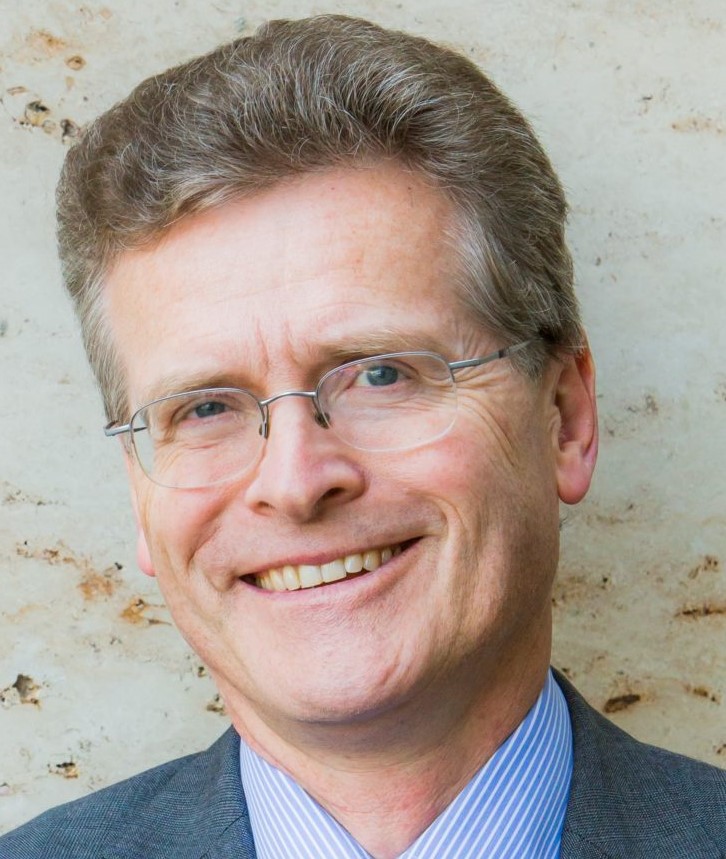
However, he said the data raised the “bigger issue” of whether collection targets were the best way of judging the performance of the WEEE system.
Mr Harvey said: “As we move towards a circular economy, we should expect recycling levels to reduce, and for re-use levels to increase. But unless used product is categorised as waste, any re-use activities will not be counted in the WEEE data.
“The forthcoming WEEE consultation is a chance to reconsider the most important metrics of success for the system.”





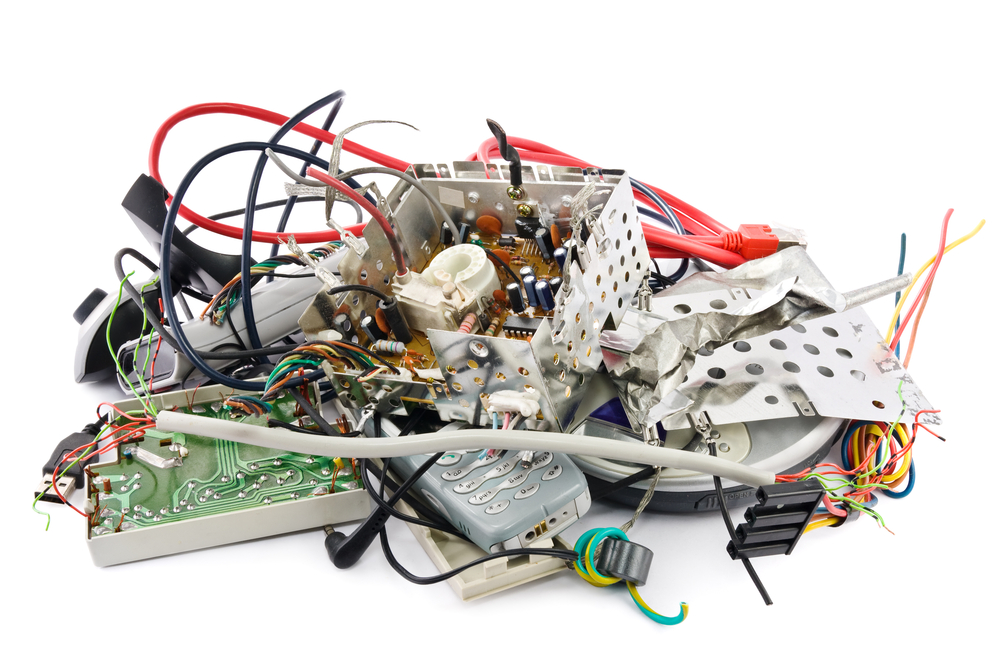

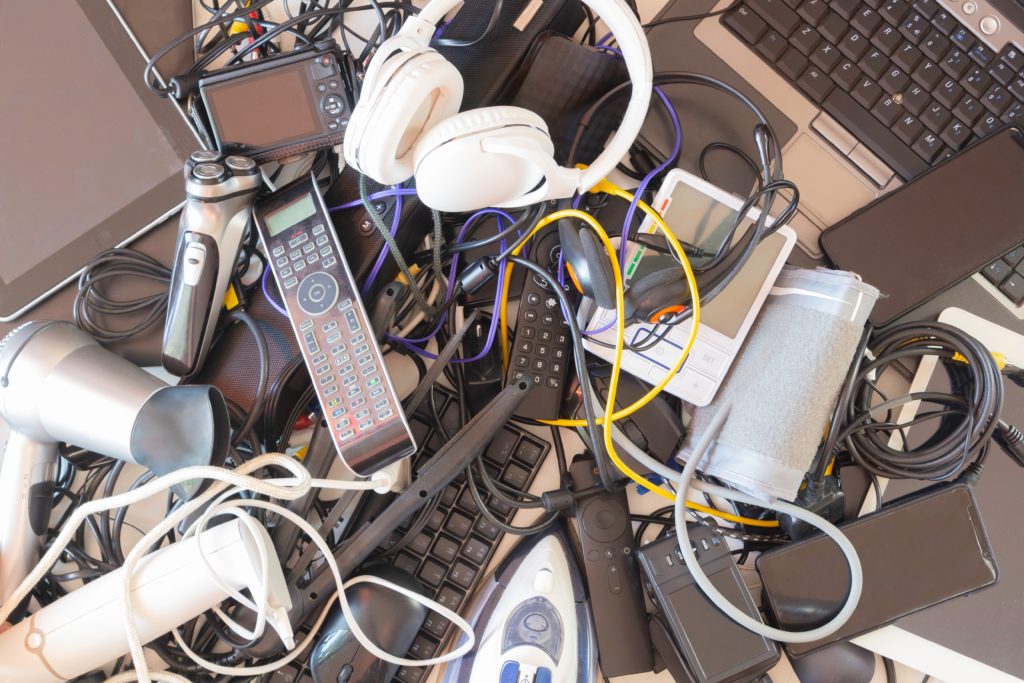

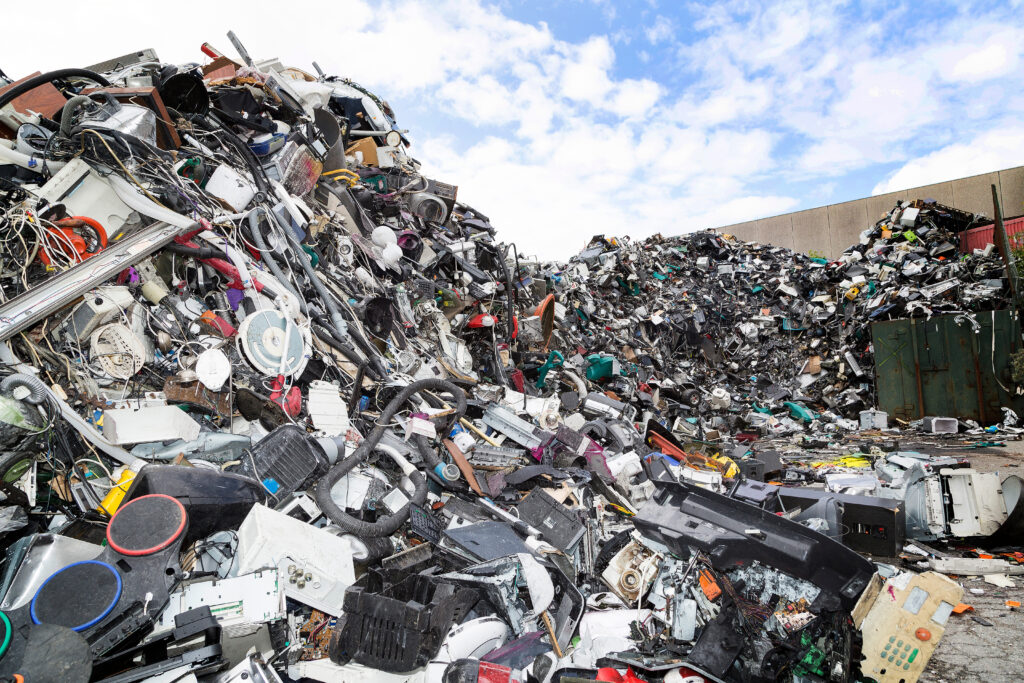


Subscribe for free